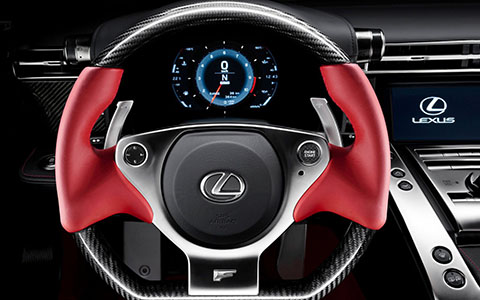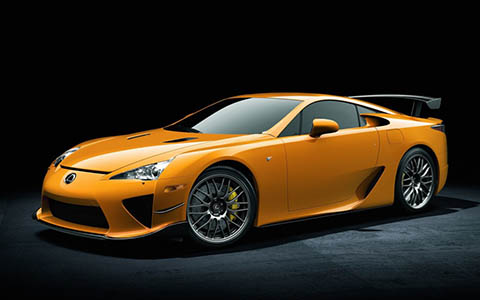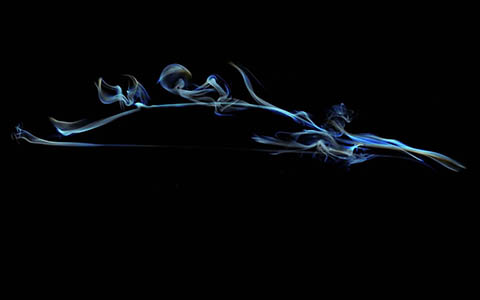-
A Winning Idea
 Read more: A Winning Idea
Read more: A Winning IdeaWhen the first concept Lexus LF-A was unveiled in Detroit in 2005, it shattered all pre-conceived notions about what a supercar should be. Half a decade and several transformations later, the first car finally rolled off the production line, and it was everything we ever dreamt it to be. Lexus fans at last had a…
-
Designing the Dream
 Read more: Designing the Dream
Read more: Designing the DreamWhen chief engineer Haruhiko Tanahashi requested a study into the viability of a real sports car, the image he had in mind bore no resemblance to the magnificent LFA that eventually went into production. After all, Lexus was a brand leader in quality passenger cars, not a manufacturer of exotic, low-volume supercars. Four months after…
-
Reimagining the Legend
 Read more: Reimagining the Legend: The Future of the Lexus LFA
Read more: Reimagining the Legend: The Future of the Lexus LFAThe Lexus LFA, an automotive masterpiece that left a lasting impression on enthusiasts and critics alike, has been etched into the annals of automotive history as a true legend. With its limited production run from 2010 to 2012, only 500 units of this high-performance sports car were ever built. As the years pass, enthusiasts and…
